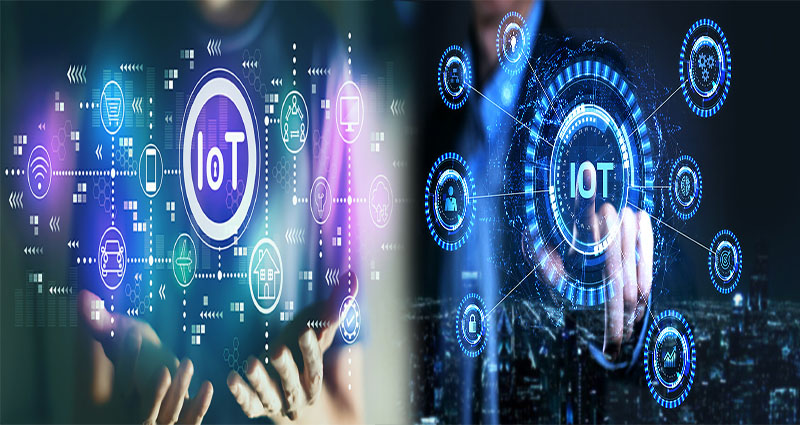The Internet of Things, or IoT, has gained significant attention in recent years. It is a technological advancement that has been transforming the way we interact with the world around us. IoT allows devices to connect and communicate with each other, enabling the exchange of data and information. In this article, we will explore what IoT is, its definition, and its various applications.
Definition of IoT
IoT refers to a network of physical devices, vehicles, appliances, and other items embedded with sensors, software, and connectivity, enabling them to connect and exchange data. In other words, IoT is an ecosystem of interconnected devices that allows for communication and collaboration between the physical and digital worlds.
For IoT to function, devices must be connected to the internet, making it a giant network of objects and people. Enabled by wireless technologies such as Bluetooth, Wi-Fi, and 4G/5G connectivity, IoT has the potential to automate and optimize various aspects of our daily lives.
Applications of IoT
IoT has numerous applications across multiple industries, including healthcare, transportation, manufacturing, and home automation. Here are some areas where IoT is making a significant impact:
Healthcare
IoT is revolutionizing healthcare by enabling patient monitoring, remote patient care, and drug management. For instance, IoT can be used to track vital signs such as heart rate, blood pressure, and oxygen levels in real-time, helping healthcare professionals to manage patient conditions efficiently.
Transportation
IoT is transforming transportation by improving the safety and efficiency of the industry. Connected cars, GPS tracking systems, and intelligent transport systems are just a few examples of IoT applications in the transportation sector. IoT can also help optimize the supply chain, including improved fleet management, cargo tracking, and predictive maintenance.
Manufacturing
IoT is enhancing manufacturing productivity by enabling predictive maintenance, supply chain optimization, and real-time production monitoring. IoT sensors can collect data on machine performance, allowing manufacturers to predict when they need repairs, preventing unscheduled downtime.
Home Automation
IoT is making home automation a reality, enabling us to control various appliances and devices remotely. Connected devices such as smart thermostats, smart lighting, and security systems can be controlled through a smartphone, enhancing the comfort and security of our homes.
IoT is a game-changer and one of the most promising technologies of the 21st century. Its potential applications are infinite and are changing the way we live, work, and interact with the world around us. As more devices get connected to the internet, the demand for IoT solutions will continue to grow. Understanding IoT, its definition, and its applications will be crucial for businesses and individuals to leverage the technology’s full potential.









